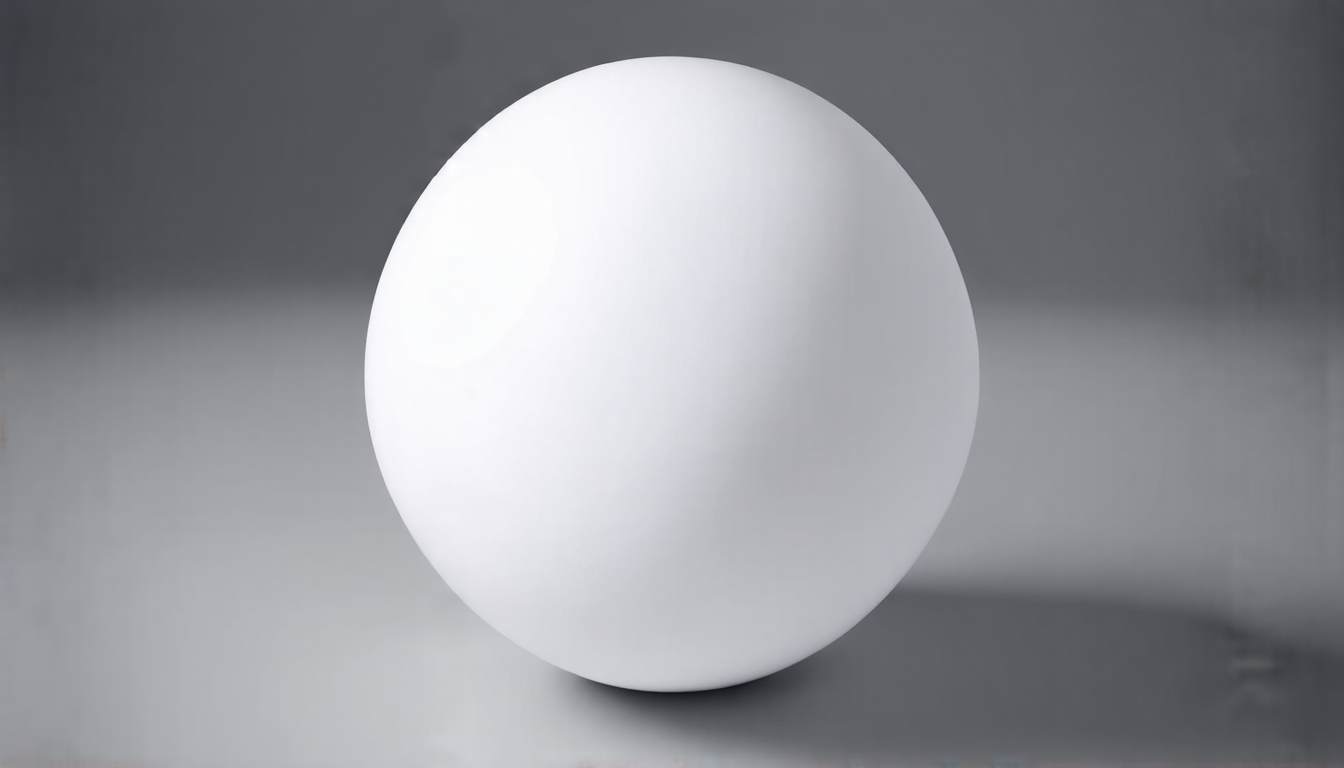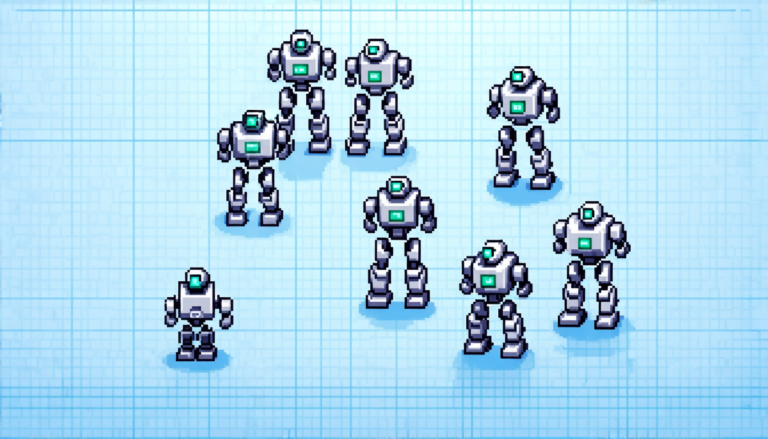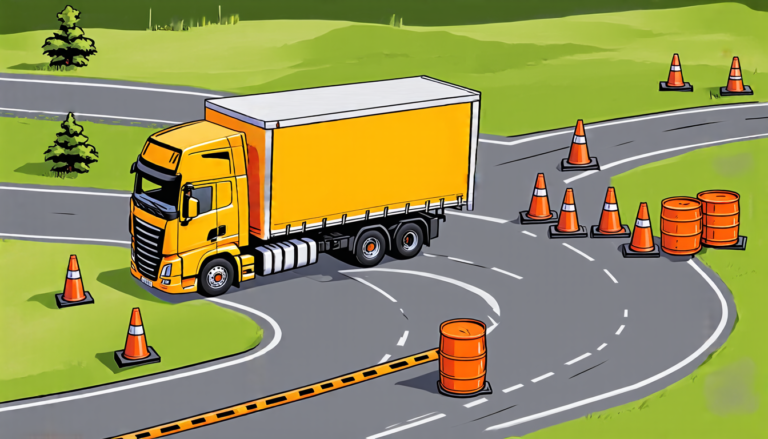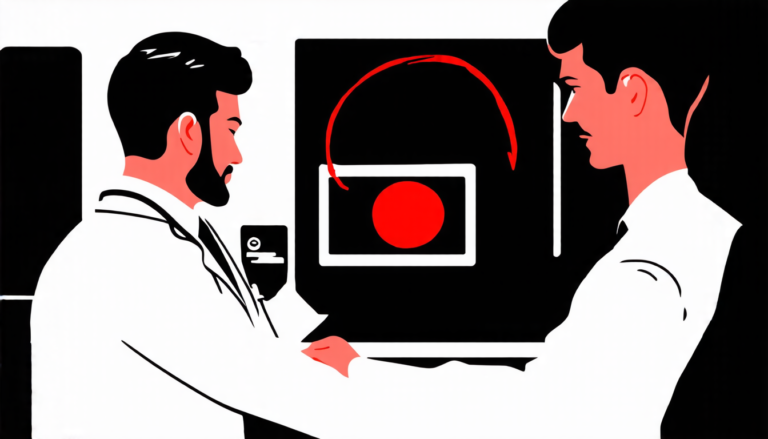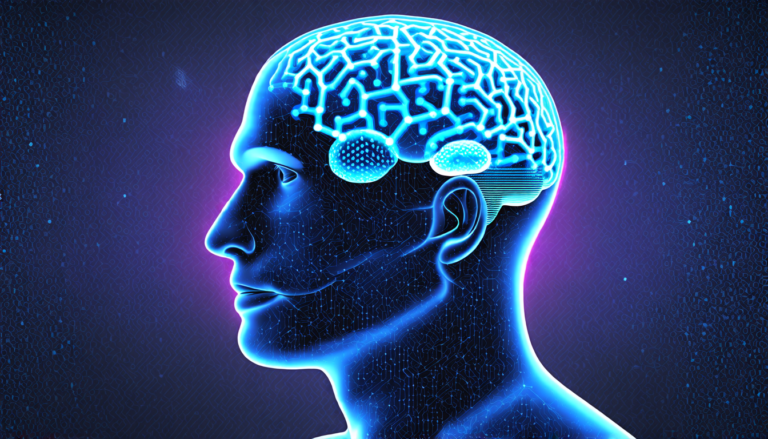Tuesday 04 March 2025
In recent years, computer scientists have made significant progress in developing algorithms that can generate high-quality 3D models of objects and scenes from single images. These models can be used for a wide range of applications, including virtual reality, computer-aided design, and autonomous vehicles.
One of the key challenges in this field is dealing with the inherent ambiguity of inverse rendering, which is the process of estimating the properties of an object or scene based on its appearance in an image. This ambiguity arises because there are often multiple possible solutions that could explain the same set of observations.
To address this challenge, researchers have developed a range of techniques for learning to predict 3D models from images. These techniques typically involve training artificial neural networks on large datasets of paired images and 3D models, and then using these networks to generate new 3D models based on input images.
One such technique is known as point diffusion modeling, which involves generating a 3D model by sampling points in 3D space and then refining these points using a process called diffusion. This process iteratively refines the points until they form a coherent 3D shape that accurately represents the object or scene depicted in the input image.
Another technique is known as meshing, which involves generating a 3D model by creating a mesh of connected triangles that approximate the surface of the object or scene. This mesh can then be used to render high-quality images and videos of the 3D model.
In recent years, researchers have made significant progress in developing algorithms for learning to predict 3D models from images using these techniques. For example, one algorithm called SPAR3D uses a combination of point diffusion modeling and meshing to generate high-quality 3D models from single images. This algorithm has been shown to be highly effective at generating accurate and detailed 3D models of objects and scenes.
One of the key advantages of SPAR3D is its ability to handle complex scenes with multiple objects and varying lighting conditions. This is because the algorithm uses a process called decomposition, which involves breaking down the scene into smaller components such as individual objects and their materials. Each component can then be modeled separately using a specific technique, allowing the algorithm to generate accurate and detailed 3D models even in complex scenes.
Another advantage of SPAR3D is its ability to handle images with varying levels of detail and complexity.
Cite this article: “Generative Algorithms for 3D Modeling from Images”, The Science Archive, 2025.
Computer Vision, 3D Modeling, Image Processing, Machine Learning, Neural Networks, Point Diffusion, Meshing, Inverse Rendering, Decomposition, Autonomous Vehicles

